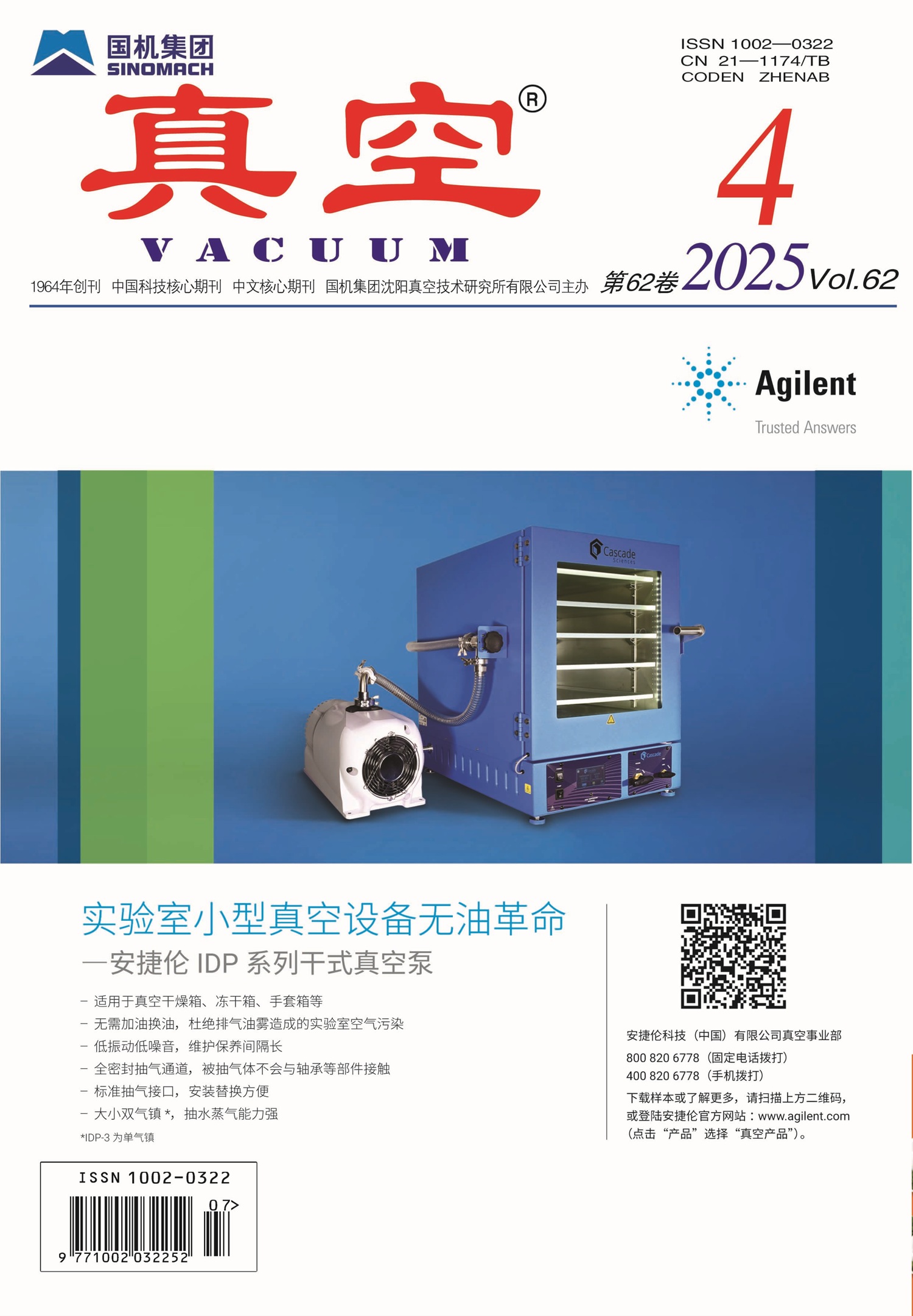|
|
Latest Studies on Fatigue Failure of Flexible Electronic Devices
LI Jian-peng, ZHANG Chi, LI Jian-chang
VACUUM. 2021, 58 (5):
11-15.
DOI: 10.13385/j.cnki.vacuum.2021.05.02
Recently, flexible electronics have attracted intensive interest owing to their potential applications in wearable devices with good flexibility, high integration, and high design ability. The research is developing on to the fatigue damage process and how to improve flexibility while keeping the excellent electrical performances now. In this article, the materials, electrical performance and fatigue failure of flexible electronics are systematically reviewed. First, the material properties and device characteristics are summarized. The charge transport and interfacial cracks of the devices are then compared and analyzed in detail. Particularly, the effects of tensile bending on the failure process of the film and the initiation, electrical properties, expansion and saturation of microcracks are mainly discussed. Three models of cracks can be mainly classified into open, sliding, and tear types. The loading rate has a critical point of brittle rupture and ductile fracture, which correspond to the crack of transgranular and intergranular, respectively. The structure stiffness positively correlating with crack necking is well understood. It is found that the fatigue damage is related to mechanical distortion, and the models verify that the tensile and bending can be well explained with this results. In the future, improving the matching between function layer and substrate, seeking new functional materials, expanding new monitoring method in fatigue failure, and developing noval integration technology of flexible devices will be the key directions in this filed. The studies on mathematical modeling and fatigue experiment need to be combined together, in order to prove guidance for the ultra-flexible and anti-fatigue electronic devices.
References |
Related Articles |
Metrics
|

 Table of Content
Table of Content
 Table of Content
Table of Content